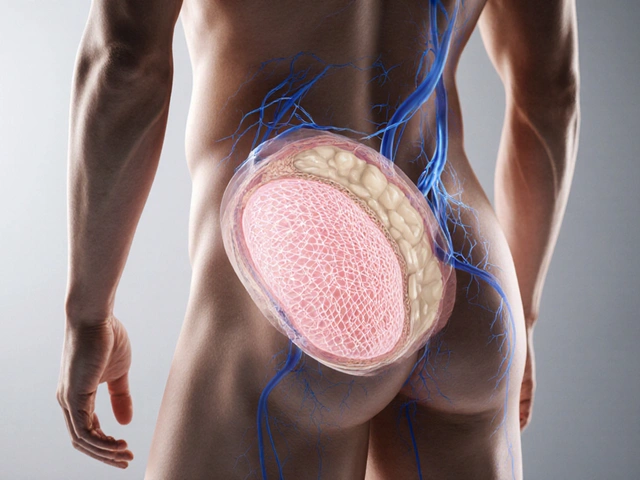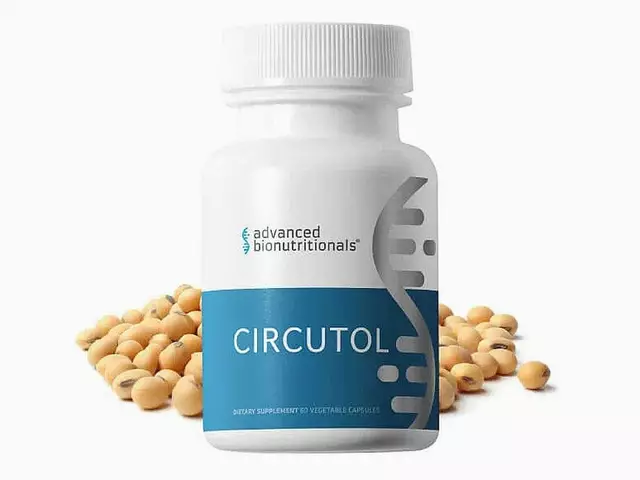Probiotics for Tinea Versicolor – Quick Guide
If you’ve ever stared at a patchy rash that won’t quit, you know how frustrating tinea versicolor can be. It’s caused by an overgrowth of yeast on the skin, and while prescription creams work, many people look for a natural boost. That’s where probiotics step in – they help balance the yeast inside your gut, which in turn can calm the flare‑ups on your skin.
Why probiotics matter for tinea versicolor
The gut‑skin axis is real: the microbes living in your intestines send signals that affect inflammation and oil production on your surface. When good bacteria are low, yeast like Malassezia can grow unchecked, leading to those discolored patches. Adding the right probiotics restores competition for nutrients and helps keep the immune system from overreacting.
Studies on related skin issues such as eczema and acne show that a healthy gut reduces fungal growth. Though research specific to tinea versicolor is still emerging, the same principle applies – give the good bugs a chance to win, and the bad ones lose ground.
Best probiotic strains and how to use them
The most useful strains for skin health are:
- Lactobacillus rhamnosus GG: proven to lower inflammatory markers.
- Bifidobacterium lactis: strengthens the gut barrier, limiting yeast spread.
- Saccharomyces boulardii: a friendly yeast that actually outcompetes harmful Malassezia.
Start with 1–2 billion CFU per day of a multi‑strain formula that includes at least two of the above. If you prefer single‑strain capsules, aim for 5–10 billion CFU of L. rhamnosus GG or B. lactis. Take them with food to improve survival through stomach acid.
Give probiotics a few weeks to show results – they’re not instant like a cream, but steady use can reduce the frequency and severity of outbreaks. Combine them with standard antifungal treatments for faster relief, then taper off the prescription while keeping the probiotic routine.
Don’t forget lifestyle tweaks: cut back on sugary drinks, wash sweaty clothing promptly, and choose breathable fabrics. These steps remove extra food for yeast and keep your skin environment less friendly to overgrowth.
Probiotics are generally safe for most adults, but if you’re pregnant, nursing, or have a weakened immune system, talk to a doctor before starting high‑dose supplements. Look for products that list the exact strain names and CFU count on the label – vague “probiotic blend” claims can be misleading.
Bottom line: while probiotics won’t replace a prescription cream overnight, they give your body a natural way to keep yeast in check. Pair a good probiotic with smart skin hygiene, and you’ll likely see fewer patches, less itching, and smoother confidence on the go.

Probiotics for Fungal Skin Discoloration: Prevention and Treatment Guide
- Date: 27 Aug 2025
- Categories:
- Author: David Griffiths
Can probiotics help with fungal skin discoloration like tinea versicolor? Clear, evidence-based advice on what works, what doesn’t, and how to use them safely.




